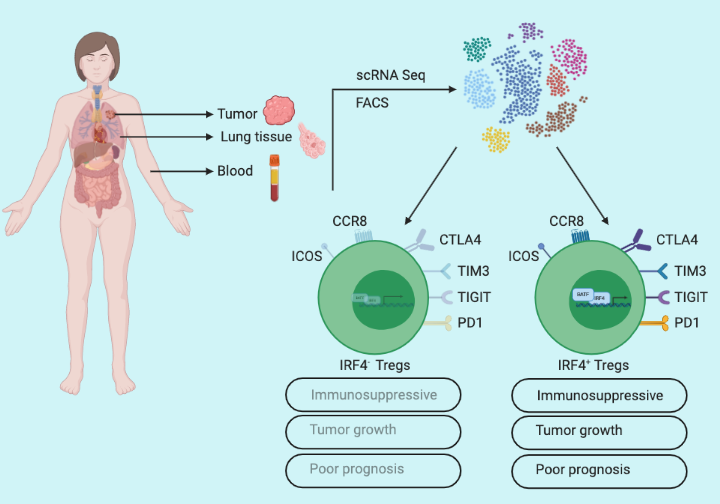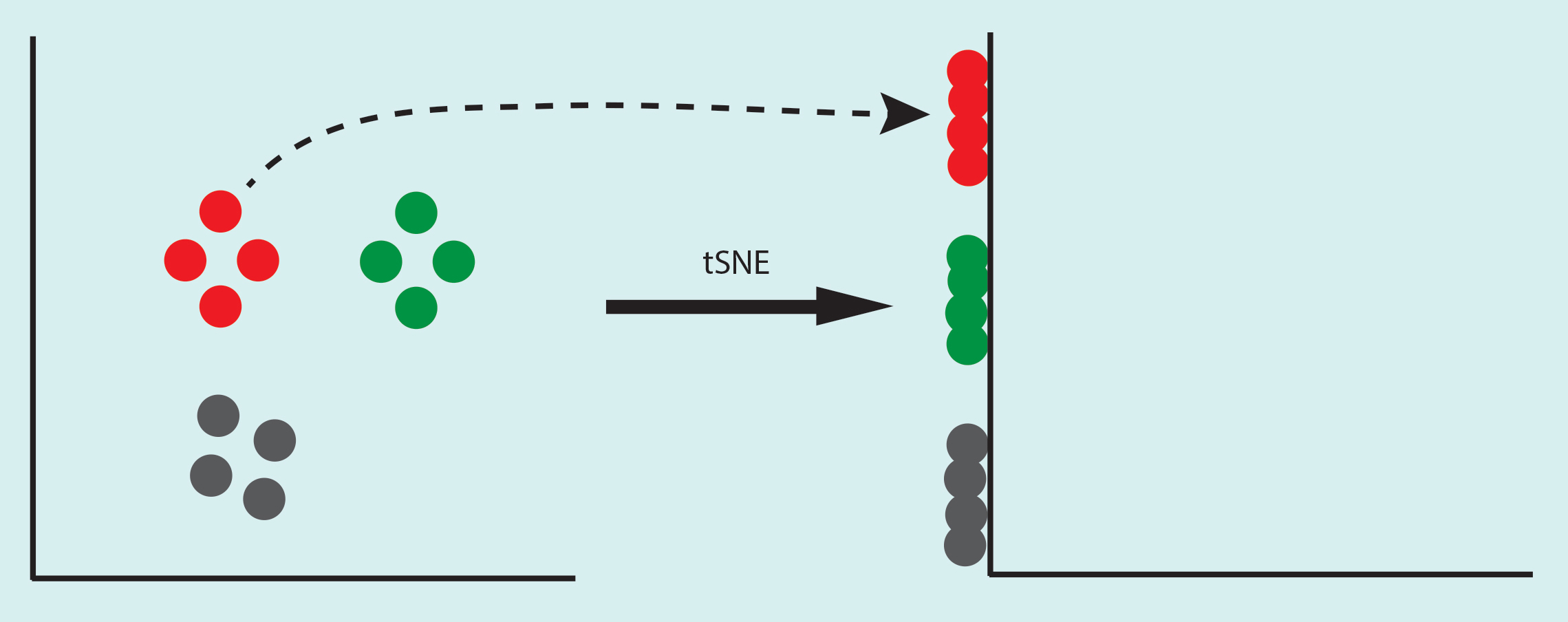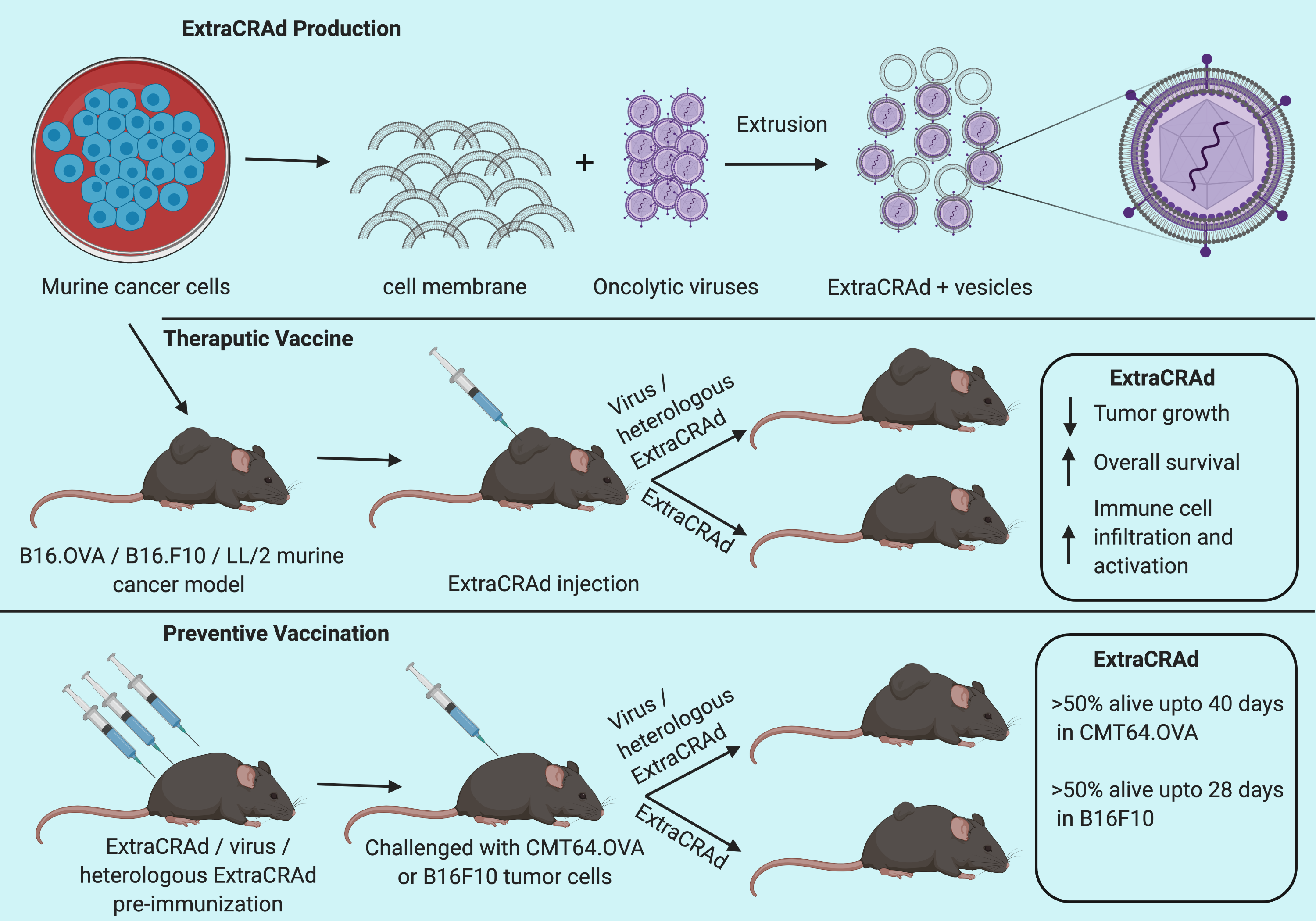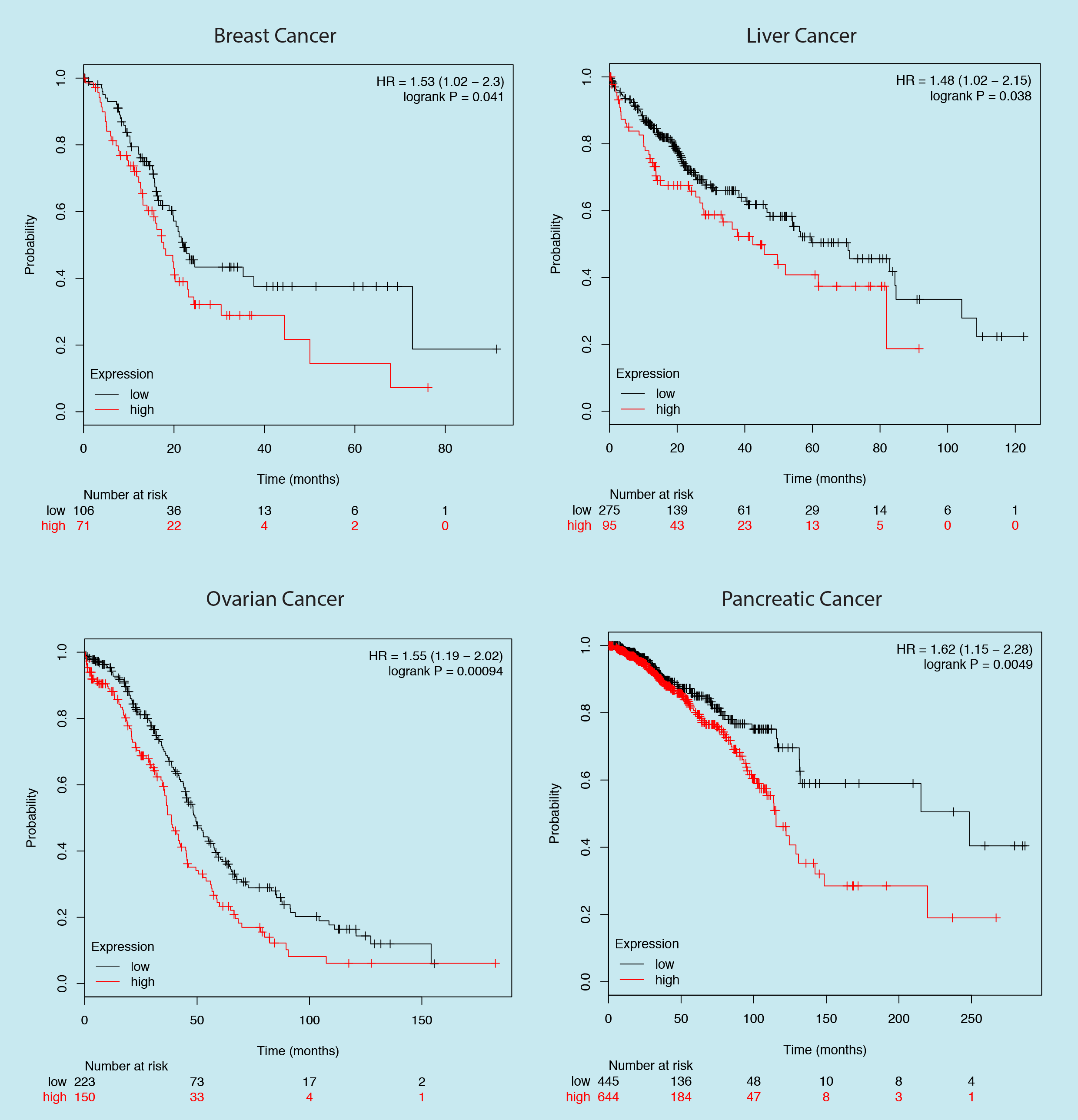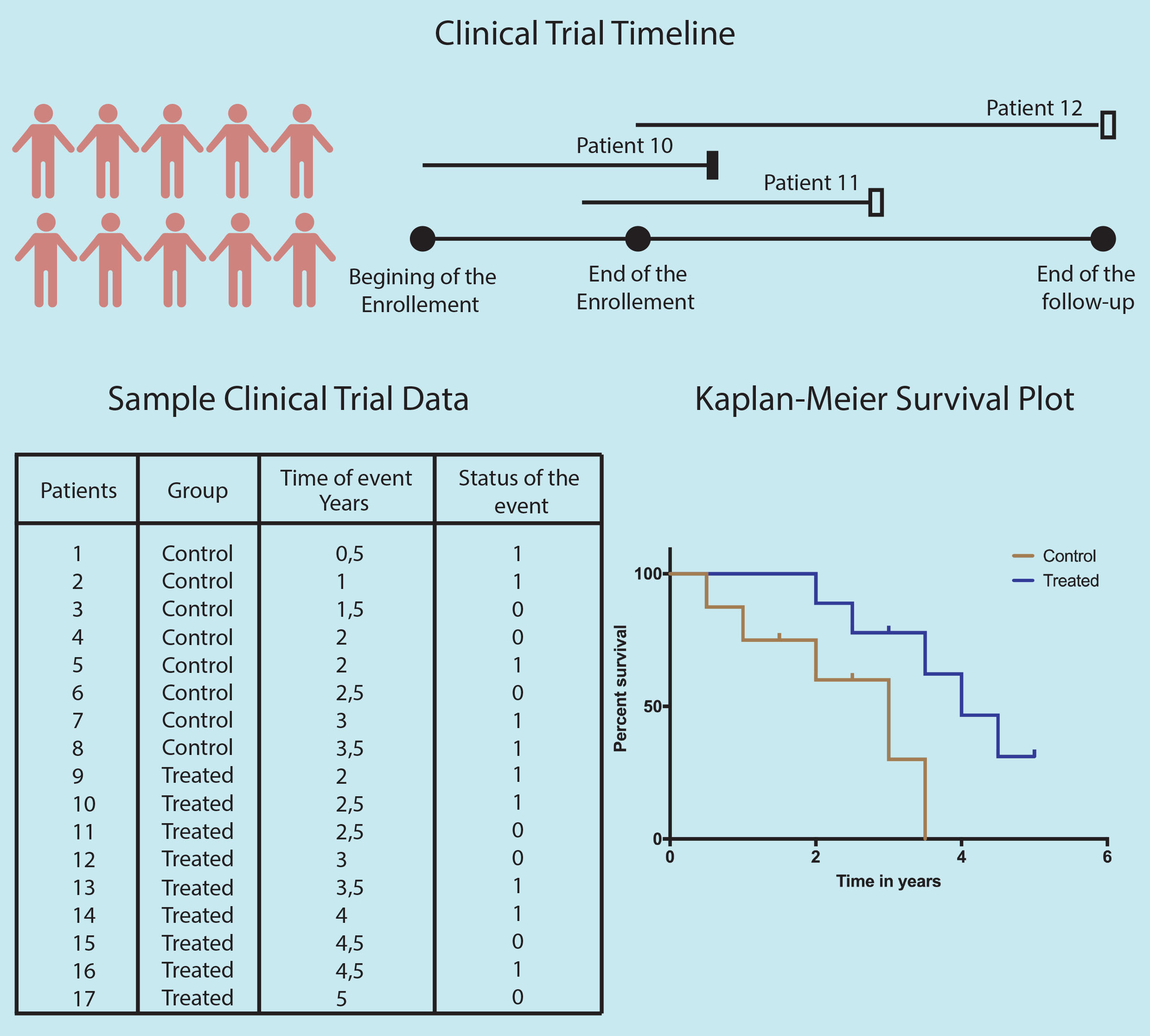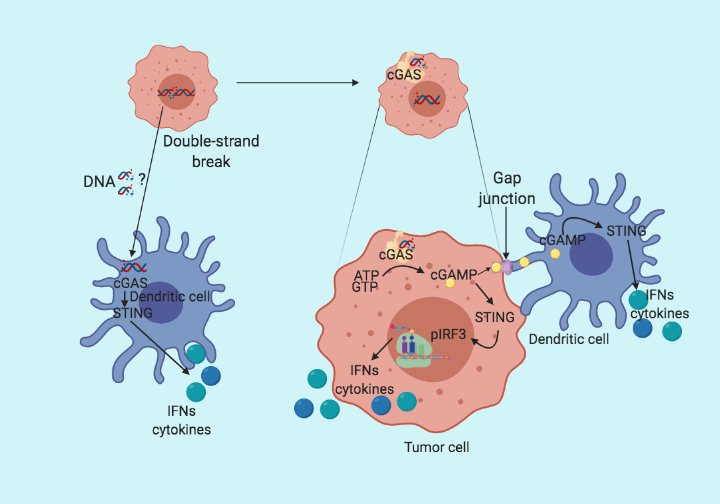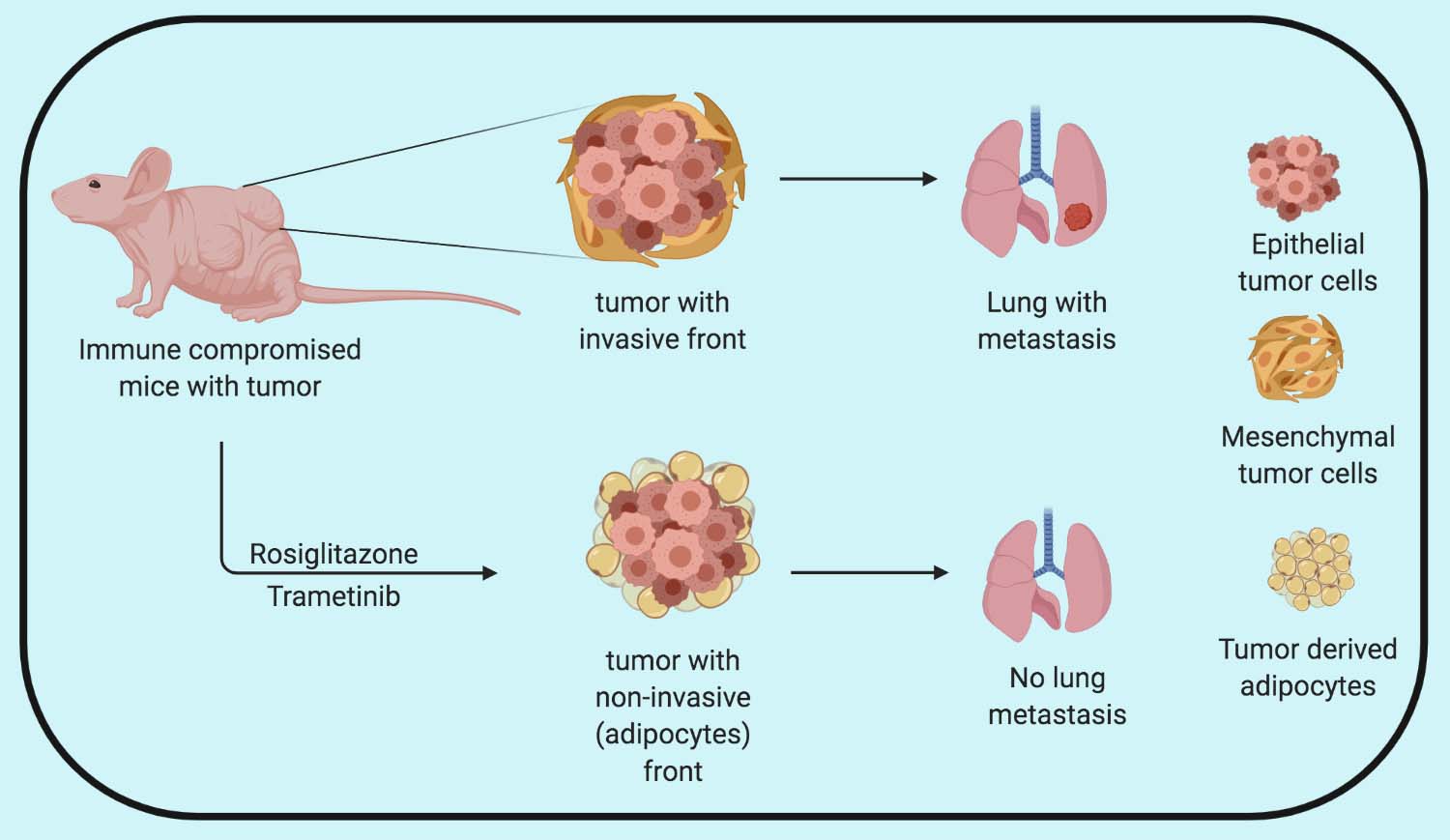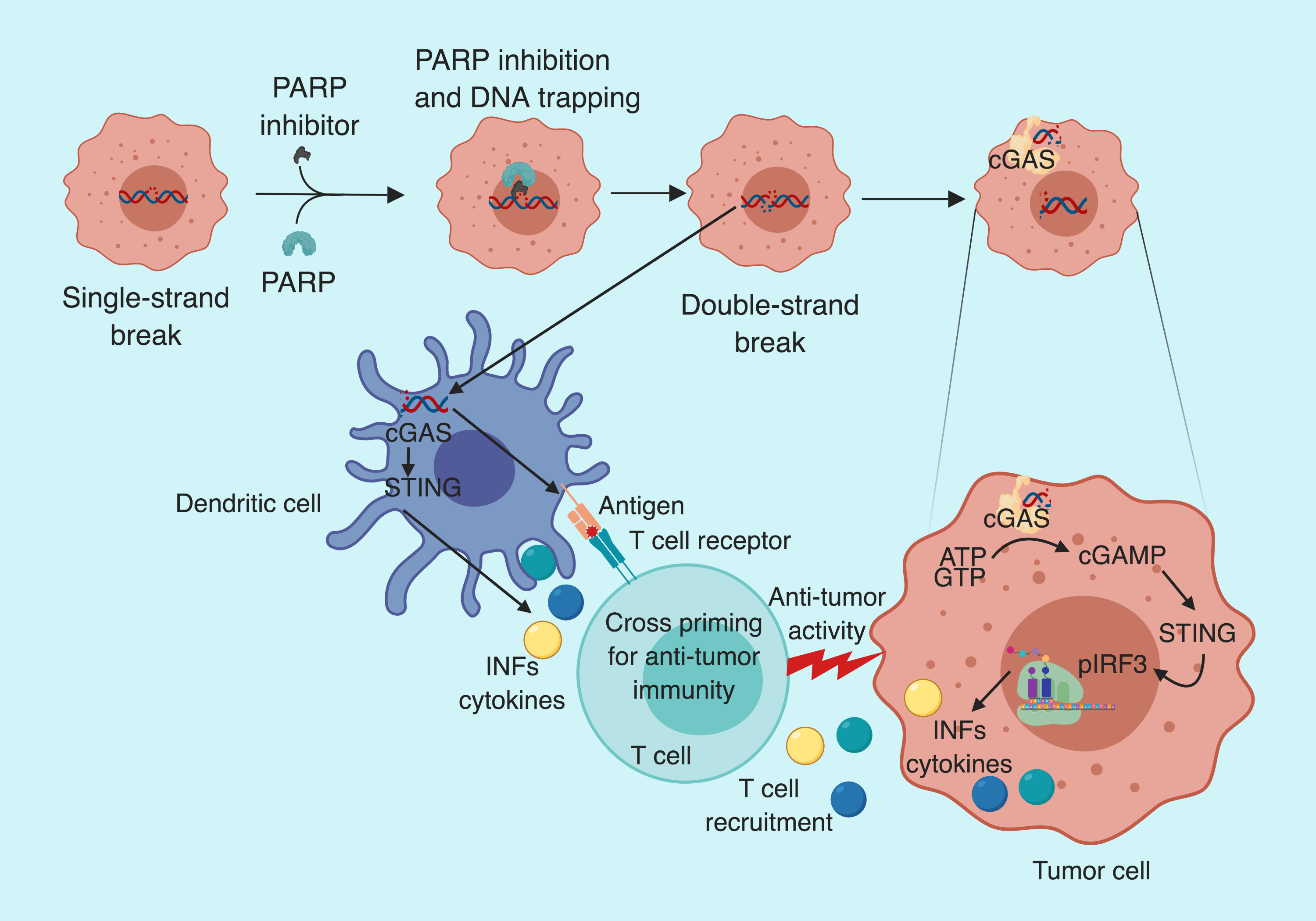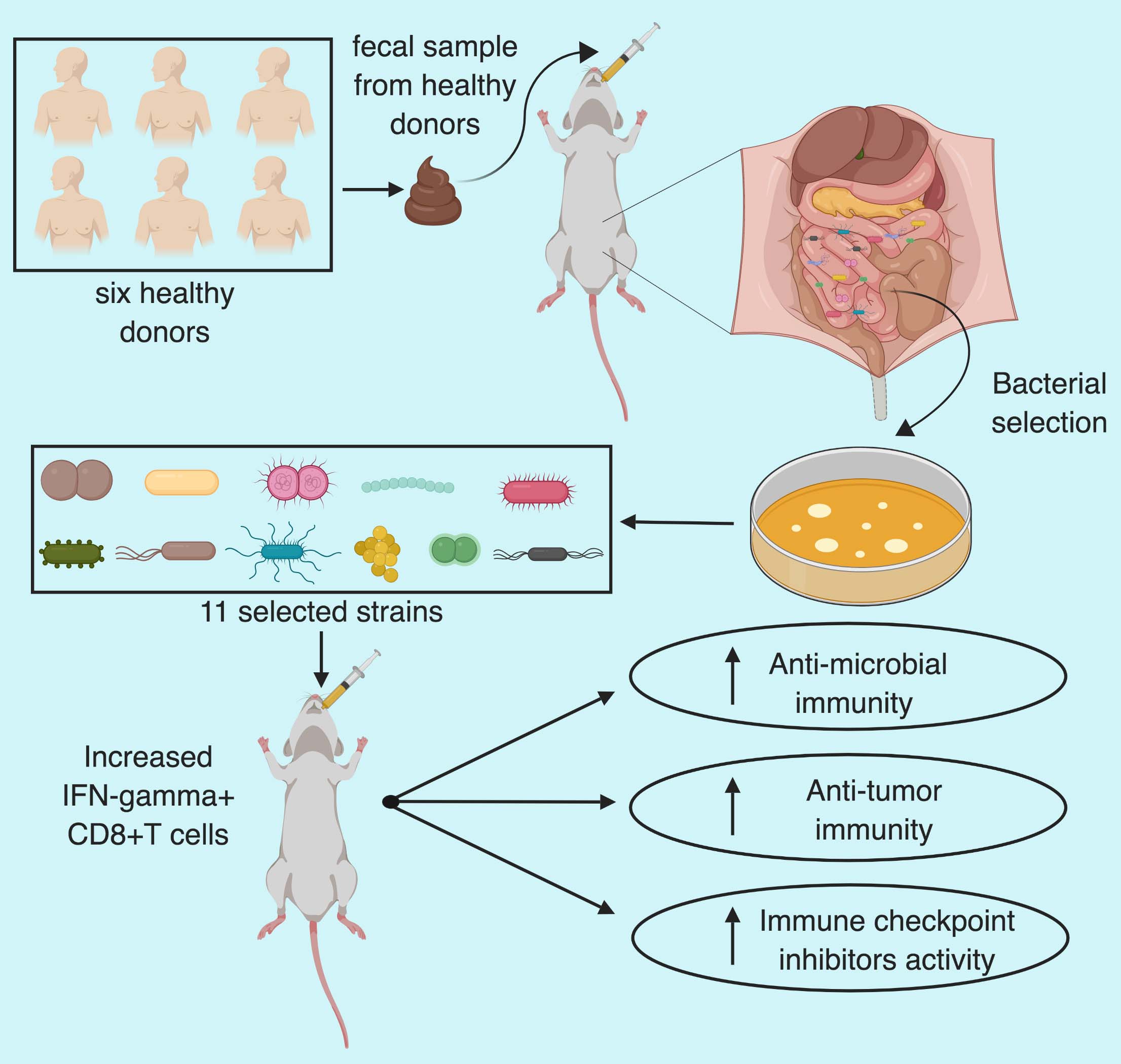CD4+ Regulatory T (Treg) cells suppress excessive immune responses thus maintain sanity in the host immune system. Cancer cells take advantage of the immune-suppressive features of CD4+ Tregs to dampen antitumor immune responses. Though the immunosuppressive role of Tregs is critical in malignant transformations, what’s not known is the mechanism of how CD4+ Tregs achieve… Continue reading Tregs in the tumor microenvironment: A friend or a foe?
Blog
Death by Dimensions
In this big data era, the importance of statistics does not need any mention. It helps us make sense of the data and guide us to make decisions and predictions. The major limitation of any statistical analysis, however, is in its first step — the cut-off. This is the step where you have to define… Continue reading Death by Dimensions
EZH2 inhibitors sensitize HR proficient ovarian cancers to PARP inhibitors
Homologous recombination (HR) is a precise DNA repair mechanism, which is impaired in BRCA-mutant tumors. PARP inhibitors are effective against BRCA1/2-mutant breast and ovarian cancers due to the deficiency in HR-mediated DNA repair. Consistently HR proficient tumors are resistant to PARP inhibitors. In a recently published article in the journal Cancer Cell, Karakashev et al.… Continue reading EZH2 inhibitors sensitize HR proficient ovarian cancers to PARP inhibitors
Cancer Vaccines — A Promising Prospect
Cancer vaccines Since the discovery, vaccines have proven effective in fading off some of the deadliest diseases, saving a countless number of lives throughout the world. However, with cancer, attempts to harness the lifesaving potential of vaccines has yielded close to nothing. Exceptions, however, are the preventive vaccines like hepatitis B virus (HBV) against liver cancer… Continue reading Cancer Vaccines — A Promising Prospect
The Correlation Conundrum!
The recent shift in funding policies favoring translational-over-basic research has forced researchers to associate their gene/protein of interest to diseases like cancer. The trend is to check the correlation between the gene of interest and patient survival. The availability of big data sets and improved statistical tools have made it possible, even for basic researchers,… Continue reading The Correlation Conundrum!
Kaplan-Meier plot and the survival statistics
Once every five years, Nepal hosts a festival where Hindu devotees from Nepal and India gather in a small village to sacrifice thousands of animals which they believe “brings good fortune & health”. This festival happens to be the largest mass-slaughter of animals in the whole world. Have you ever paused for a moment to… Continue reading Kaplan-Meier plot and the survival statistics
Puzzling out the STING activation in cancer
Following up on the previous blog (STING the Cancer). Here, I summarize a recent paper from Linda et al. published in the journal Cell Reports, which fills up the missing links in STING pathway activation. The conventional wisdom in STING pathway is that the cytoplasmic DNA is bound by cyclic guanosine monophosphate-adenosine monophosphate (cGAMP) synthase… Continue reading Puzzling out the STING activation in cancer
How to turn cancer cells into fat?
Given a choice between gaining some fat vs having metastatic cancer, what would you choose? For a cancer patient, this is a straightforward answer, without a doubt everyone would agree to put on some fluffy mass. Just to be clear, I am not suggesting putting on fat protects against cancer but I am talking about… Continue reading How to turn cancer cells into fat?
STING the Cancer
If you had attended the American Association of Cancer Research (AACR) annual meeting this year (2019), you must have noticed a flurry of immunotherapy talks. This is the testament of the success achieved by cancer immunotherapy in recent years. From a couple of talks confined within a small room and the familiar crowd to the… Continue reading STING the Cancer
Microbiota to the cancer rescue
Immunotherapy has changed the landscape of cancer treatment with complete tumor remission in a subset of patients. While immense efforts are being made to increase the effectiveness of such treatment across a large population by combining them with other immune and targeted therapies. Attempts to decipher the variables which might influence the response to immunotherapy… Continue reading Microbiota to the cancer rescue

